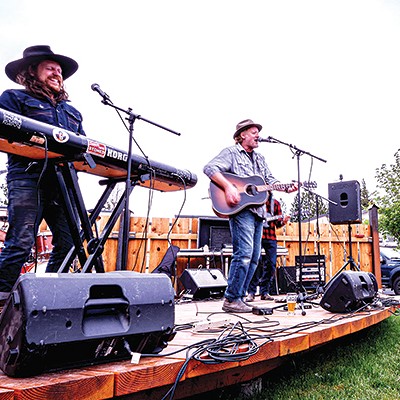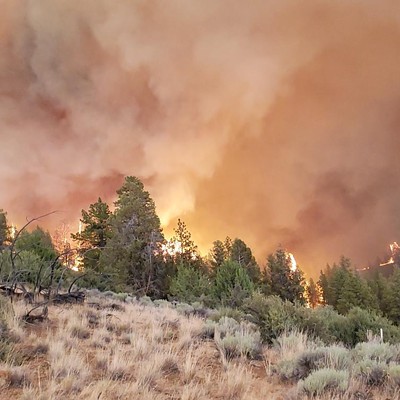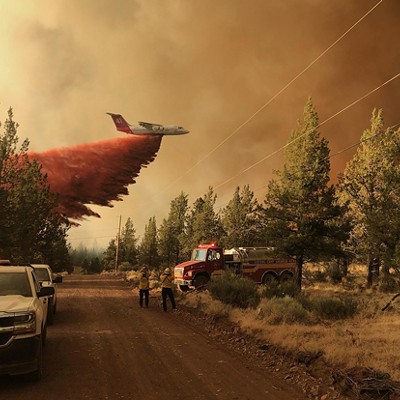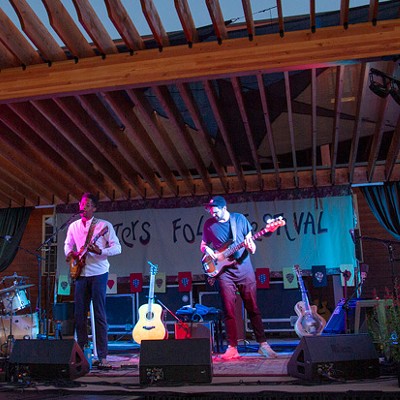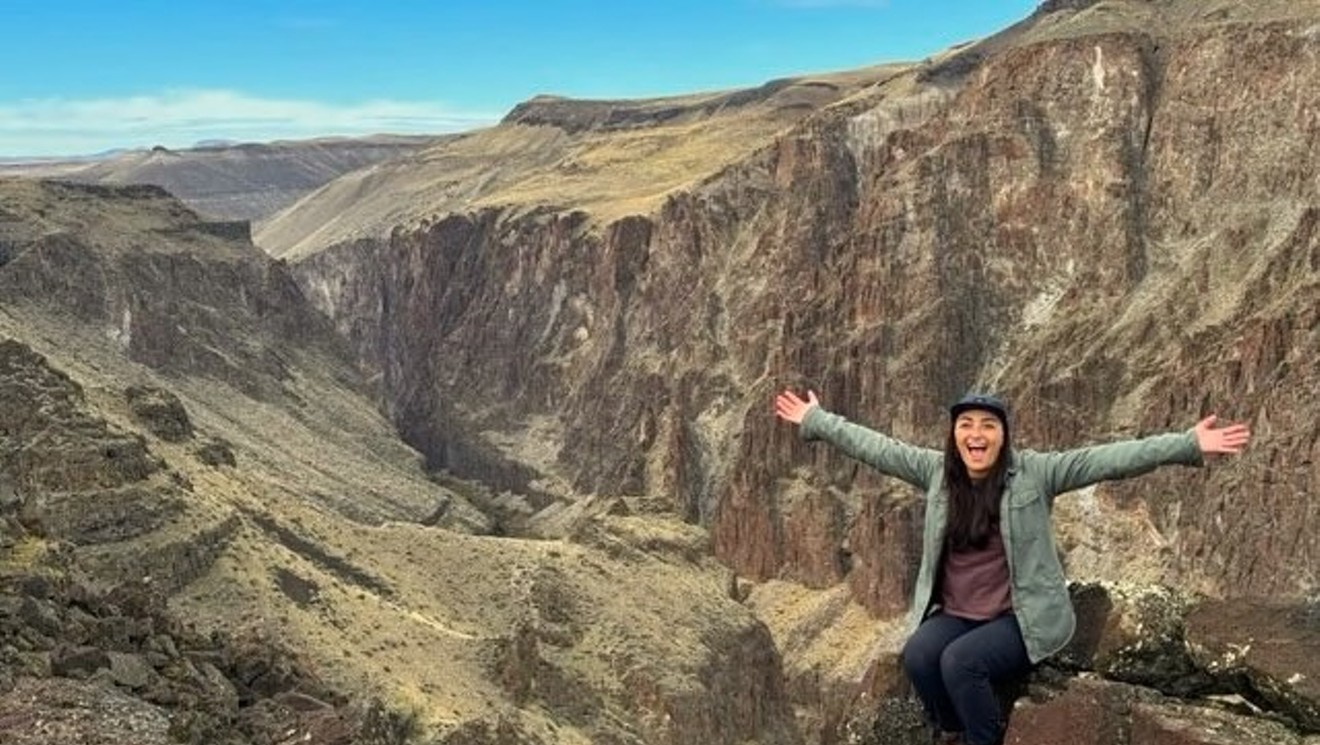The many faces and scientific resources of Antarctica will be presented at The Belfry, 302 E. Main Ave., Sisters on Tuesday, March 22. The Lecture begins at 7 p.m. (doors open at 6 p.m. for food and beverage). Admission is $5.
The one-hour lecture will be presented by Sisters residents Barb Schulz — who spent several seasons working in the dry valleys of the Antarctic Mountains — and Dusty Miller, who spent a year at the South Geographic Pole studying cosmic rays.
The South Pole is one of the coldest, driest places on Earth. A year consists of 6 months of light and 6 months of dark. The altitude is over 10,000 feet, and it’s inaccessible for 9 months of the year.
Dusty will speak about living and working in this challenging but beautiful place, where his primary job was measuring variations in cosmic rays — high energy particles coming from outside the solar system.
While Dusty was in college, he saw an ad for a one-year "cosmic ray physicist" position at the South Pole in Antarctica. After an interview, a psychiatric exam, and some training on running a cosmic ray telescope, he was on his way. The work, sponsored by the US Antarctic Research Program, involved keeping the detectors running continuously through the long Antarctic night of 1974.
Dusty will explain why and how cosmic rays are travelers from outside the solar system, and consist primarily of hydrogen nuclei (protons). He gives this introduction to his part of the talk: "These particles continuously bombard the upper atmosphere, generating showers of other particles that can be detected at the earth's surface.
"While we made no new discoveries in this area on my watch, living in the extreme environment at the pole was a fascinating study in survival and personal interactions in a small group of 21 people physically isolated for 9 months from the rest of the world. At one point, we were warned of a possible nuclear war! We had seven years of supplies, and were likely safe in Antarctica, but after that?"
Barb will share research experiences from four field seasons camping on the ice in the Taylor Valley in the Antarctic Mountains working with watershed studies in the Long Term Environmental Research (LTER) program for the National Science Foundation. She is a retired high school science teacher who was lucky enough to be selected as a "Teacher Experiencing Antarctica" participant nominated by a science society and selected through a competitive application process. (A word about "lucky enough," and another way of looking at that expression is: the harder you work, the luckier you get.)
"I was the best person to join the Long Term Ecological Research LTER) project in the trans-Antarctic mountains where research was being done on the Taylor Valley watershed, one small, ice free place with a series of small perennially ice covered lakes surrounded by slow moving glaciers, one of 24 LTER sites funded by the National Science Foundation."
"While in the field camp at Lake Hoare — site of one of the McMurdo LTER study sites — I worked with water quality testing and had my own project looking at the carbon demand of the largest predators in the lake, tardigrades and rotifers.These critters are tiny and live near the edge of the lakeshore in the "moat," an area that melts when sunlight warms the lake surface at the edge of the lake.
"We lived in tents, shared a dining hut, a microscope hut and a chemistry lab hut. I loved the time spent on the "Ice" and managed to return three more times, the latest during the 2003-04 field season."
Bring your curiosity and an appetite and hear about that part of our Planet Earth that has unique study opportunities found nowhere else. Oh, yes, and if you're a Science Club donor, teacher or student - The lecture is free.

